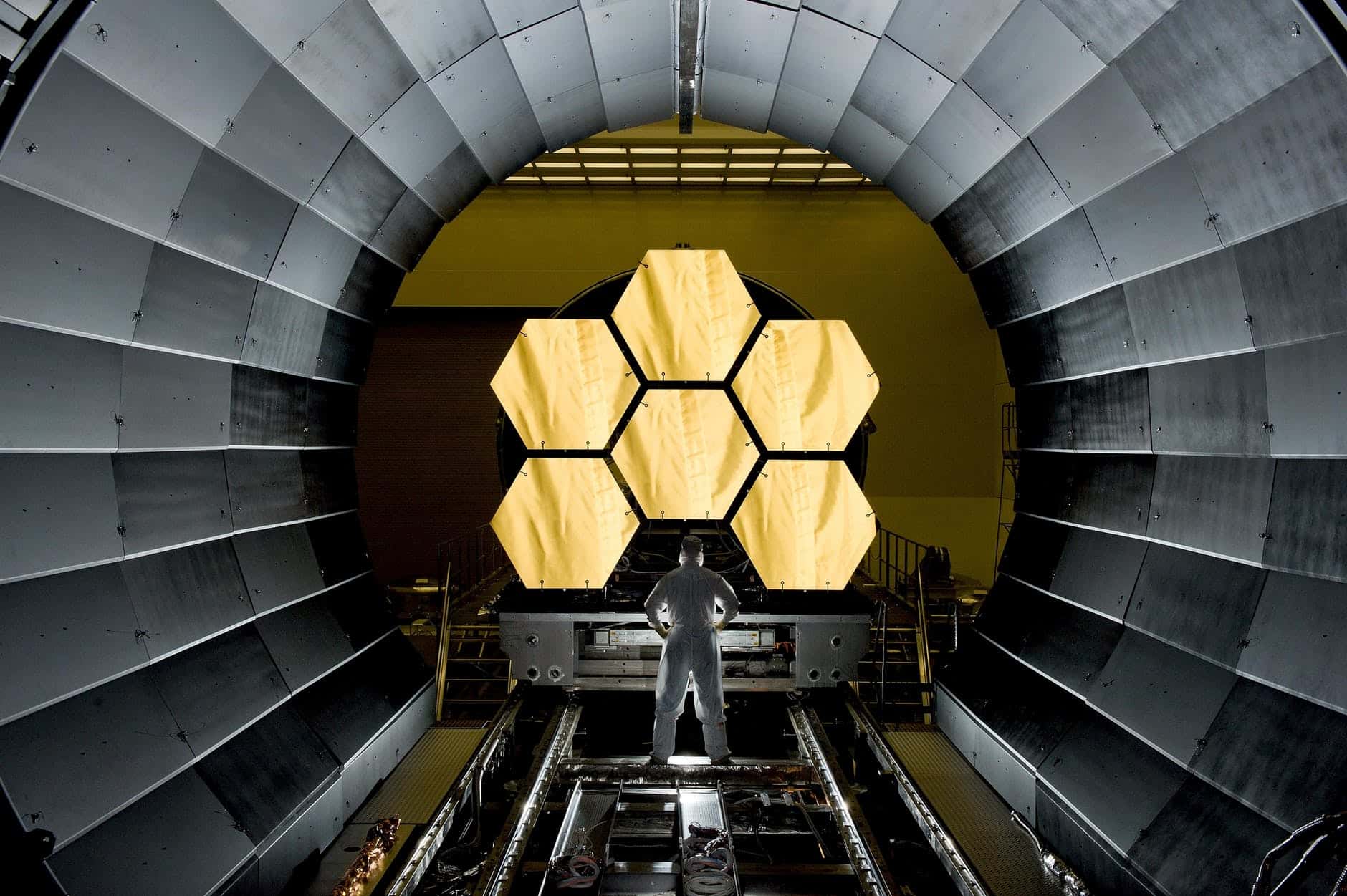Different Types of Metal Deposition
Nanostructured thin films have been instrumental in pushing the boundaries of modern electronics and technology. They form one of the cornerstones of key devices in virtually any market that comes to mind, from consumer electronics to ultra-resolution microscopy.
Each of these diverse application areas is united by a need for absolute precision at the smallest possible scales. Metallic thin films may range from a few micrometres (μm) down to fractions of a nanometre (nm) in thickness, which puts a unique pressure on achieving uniform morphologies and high stability. Critical quality parameters for thin films are based mainly on the metal deposition technique.

What is Metal Deposition?
Metal deposition describes any method where a metallic starter material is dissolved in a solvent or evaporated under vacuum conditions then precipitated on a target substrate. Here we aim to briefly explore some of the different types of metal deposition, but we won’t focus on deposition via aqueous solutions as vacuum processing is largely preferred.
Evaporative methods of metal deposition occur in high or ultra-high vacuum (HV/UHV) to provide a free mean path for vapour-phase molecules to travel to the target. Contaminant gases in the vacuum environment may contribute to molecular collisions that inhibit process efficiency and affect the planarity of the thin film.
Before the thin film material enters the gaseous environment, however, it must first be evaporated by the heat source. Many metal deposition methods are distinguished by the technology used to ablate the starter material. Let’s take a look at a few.
Chemical Vapour Deposition (CVD)
Chemical methods of metal deposition shouldn’t be confused with chemical vapour deposition (CVD). The former is a type of aqueous deposition while the latter is one of the most common forms of vacuum engineering used to date. In CVD, thin coatings are formed by inducing chemical reactions at the target anode by heating the substrate under a flow of reactant gases. It is widely used for molybdenum, tantalum, and titanium metal deposition.
Molecular Beam Epitaxy (MBE)
One of the most advanced forms of thermal metal deposition is known as molecular beam epitaxy (MBE), which is a comparatively slow process used to form epitaxial thin films via the gradual sublimation of starter metals like gallium – a critical intermediate in semiconductor manufacturing. Unlike many forms of metal deposition, MBE is not distinguished by the technology used to vaporise feedstocks but by its incredibly slow rate of deposition.
Electron Beam Physical Vapour Deposition (EBPVD)
Many metal deposition methods exploit electron beams to melt and/or sublimate target anodes due to the relative ease with which they can be generated and accelerated to high kinetic energies. Electron beam physical vapour deposition (EBPVD) is perhaps the simplest as it uses all of the basic principles outlined above.
Briefly: A target anode is bombarded by a high energy source which causes gas-phase molecules to be ejected, travelling via direct line-of-sight to a target anode where they precipitate and form a uniform coating.
Metal Deposition with Platypus Technologies
There are numerous other methods of metal deposition and evaporation. Some of these, like atomic layer deposition (ALD) require vacuum conditions. Others, like laser metal deposition (LMD), do not. At Platypus Tech, we depend on e-beam evaporation and high-purity vacuum environments to produce custom-made thin films as per customer specifications.
Ask about partnership opportunities today
If you would like to learn more about the processes that we believe works best for uniform metallic coatings on different substrates, simply contact a member of the Platypus Tech team today.